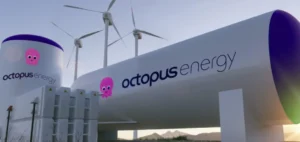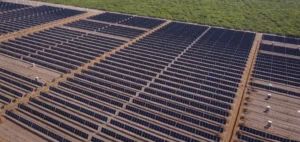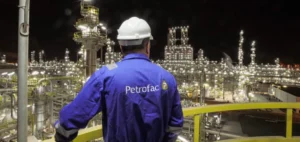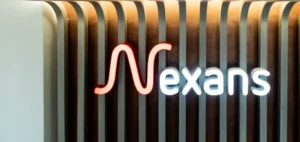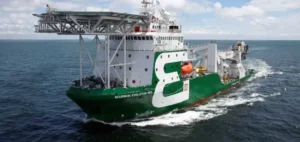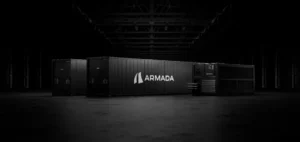Vertex Energy recently filed for bankruptcy after suspending renewable diesel production at its refinery in Mobile, Alabama.
The company’s financial difficulties can be explained by macro-economic factors, such as rising biofuel production costs and uncertainty over federal subsidies.
Vertex obtained $80 million in Debtor-in-Possession (DIP) financing to continue operations during the bankruptcy proceedings.
This bankruptcy filing highlights the difficulty of the business model for renewable diesel, a product that is attractive from an environmental point of view, but whose production costs remain high.
Vertex’s strategy of relying on public subsidies and blending mandates has proved insufficient in a context of rising raw material prices and falling demand.
The risky bet of renewable diesel
The suspension of renewable diesel production in Mobile in May 2024 was a precursor to Vertex’s current difficulties.
Despite support from public authorities to accelerate the energy transition, renewable diesel producers have seen their margins shrink, largely due to rising prices for raw materials such as waste oils, animal fats and vegetable oils.
These increases particularly affect companies that have bet on high margins, such as Vertex.
Many companies in the USA have converted their traditional refineries into renewable diesel production units in the hope of capturing increased demand linked to government policies.
However, the lack of predictability of subsidies and variations in global demand have made these investments increasingly risky, forcing industry players to reassess their strategies.
Financial analysis of Vertex Energy
Prior to its bankruptcy, Vertex Energy had a market capitalization of around $300 million.
However, the company saw its revenues fall by 30% in the first quarter of 2024, as a direct consequence of the suspension of production in Mobile and the drop in demand for renewable diesel.
High fixed infrastructure maintenance costs added to the company’s losses.
In its quest for diversification, Vertex failed to find sustainable alternatives to stabilize its revenues.
The bankruptcy reflects a failed attempt to adapt to changing market conditions, where subsidies and blending mandates are no longer as reliable.
Implications for the biofuels sector
The announcement that Vertex has filed for bankruptcy has a strong symbolic impact on the renewable diesel industry.
This fuel, although ecologically virtuous, remains difficult to make profitable.
Dependence on subsidies such as Renewable Identification Numbers (RINs) is an Achilles heel for many companies.
Raw material prices, subject to constant volatility, add further risk to this equation.
The Vertex case illustrates the importance of revenue diversification and the need to develop strategies that are less dependent on government subsidies.
Other companies in the industry, following a similar model, may be forced to reconsider their plans to convert refineries into renewable diesel production units.
Outlook for investors
The $80 million DIP financing could enable Vertex to maintain its activities during the restructuring.
However, the company’s future remains uncertain, especially as it is actively seeking a buyer.
Creditors and investors will need to carefully analyze the risks associated with fluctuations in raw material prices and changes in US energy policies.
Vertex’s bankruptcy could also serve as a wake-up call for investors in the biofuels sector.
Going forward, a strategy that is more resilient to market variations, and less dependent on government incentives, is essential to ensure long-term viability.
Vertex Energy’s situation reflects the challenges facing biofuel producers in a highly uncertain market.
The future of renewable diesel will depend on companies’ ability to adapt to an ever-changing environment, and to free themselves from excessive dependence on subsidies.




